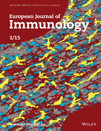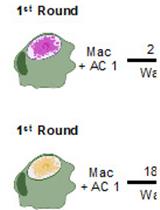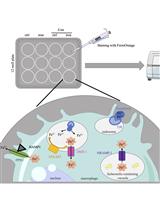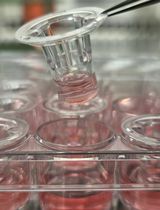Improve Research Reproducibility A Bio-protocol resource
- Protocols
- Articles and Issues
- About
- Become a Reviewer
Chitin-challenged Mice Model to Study M2 Macrophages Polarization
Published: Vol 5, Iss 17, Sep 5, 2015 DOI: 10.21769/BioProtoc.1584 Views: 9840
Reviewed by: Ivan ZanoniSabine Le SauxAnonymous reviewer(s)
How to cite
Favorite
Cited by













